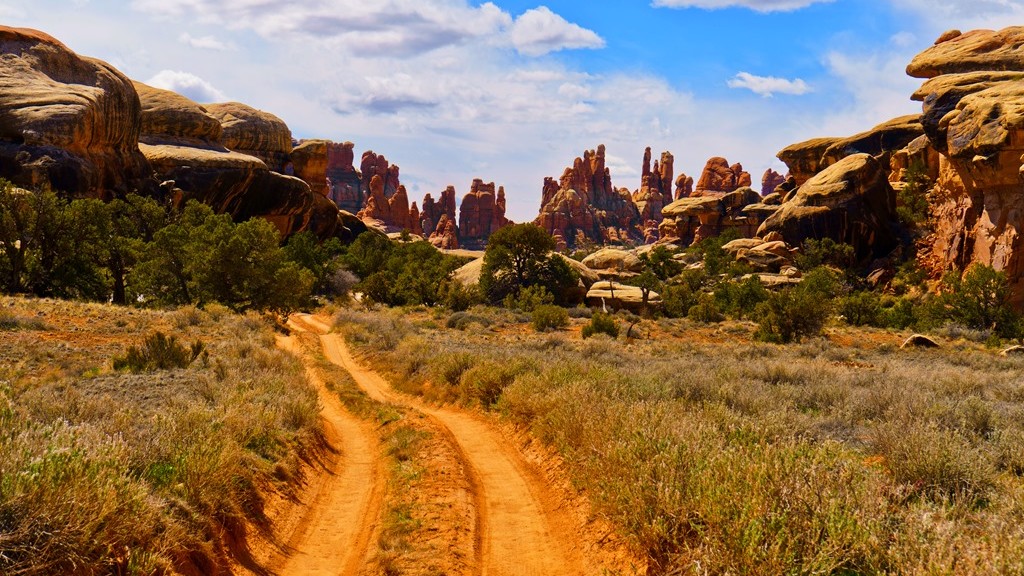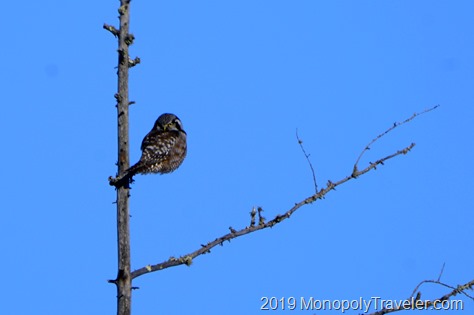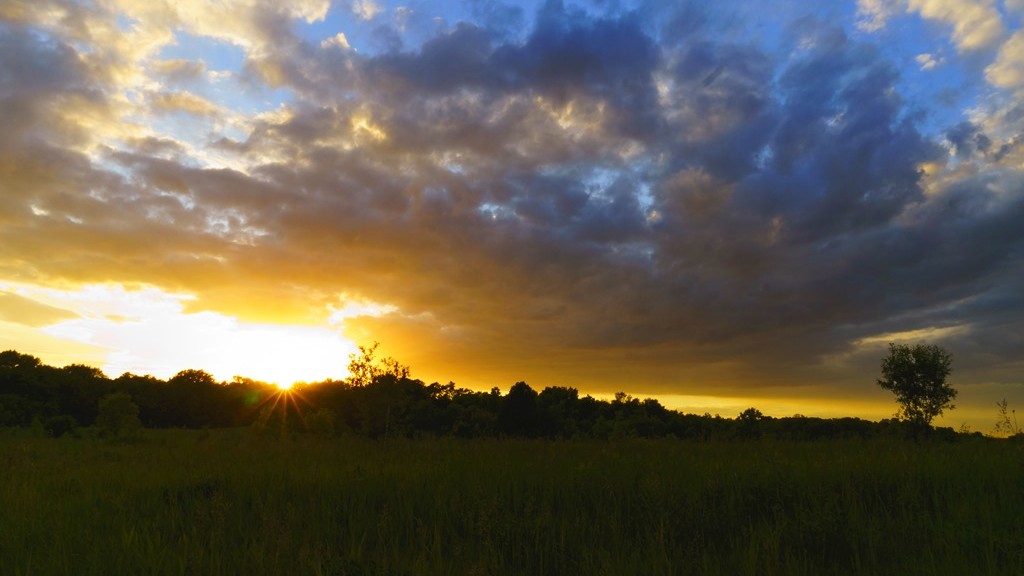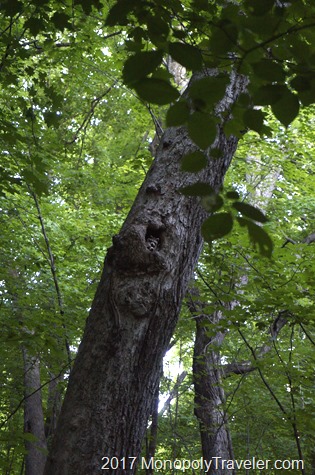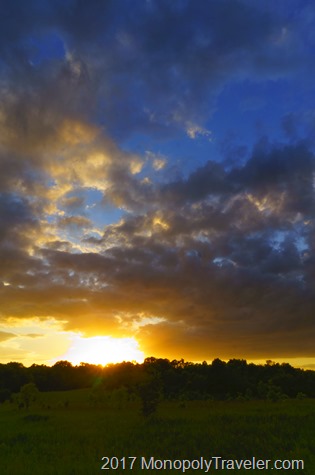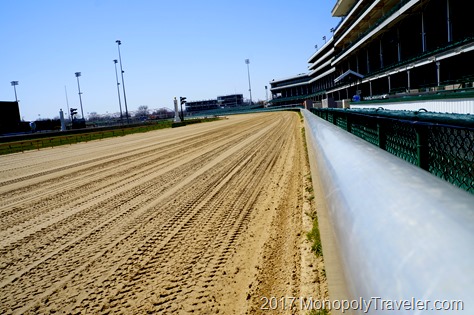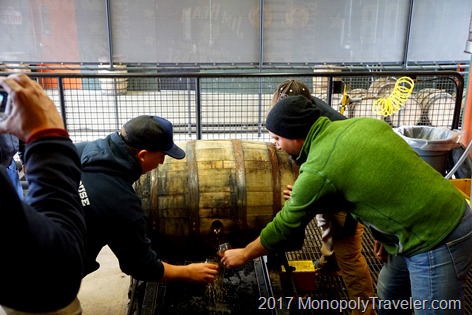For the most part this has been a fabulous year for finding native orchids. I’ve managed to find six different species over the summer, a few of them in multiple places. One of the orchids, the Prairie Fringed orchid eluded me on my adventure to Blue Mounds State Park and Touch the Sky Prairie in Southwestern Minnesota during the late summer. I was likely a few weeks too late to see them in bloom and wasn’t able to recognize the plant without its flowers. That was a little disappointing but seeing six different native orchids was still a good find. Besides, it gives me a reason to return to Blue Mounds again. As fall approached I heard of a late blooming orchid just a 45 minute drive from my house. So of course I had to make a trip there.
Once in the area I saw multiple roads with multiple trails. Which one should I take? Where would this orchid be? I did know it liked more prairie like places with sandy soil so that is what I focused on as much of the landscape was wetlands or water. While this eliminated some places I still was unsure of which places to look in. My expectations declined as far as actually finding this orchid, especially after my last experience searching for orchids in Southwest Minnesota, but it’s still fun to explore new places and it was a beautiful day to be outdoors. I just picked a trail that had less wetlands and began walking the trail. There were so many interesting mushrooms which captured much of my attention. After awhile of walking I came upon a pair of dragonflies landed in a shrub next to the trail and stopped to photograph them. While doing this I wanted to get closer so I looked down to see where I was stepping and something small and white caught my attention. It was the Nodding Ladies Tresses orchid. I found it! I almost couldn’t believe it as I almost stepped on it. It was so small compared to all of the other plants around it. In the photo above there is one of these orchids near the bottom of the photo in the middle. It’s really tough to see but it’s the only white flower among the grasses and ferns. I was pretty excited and enjoyed capturing pictures of the tiny, white flowers. Later in the day I almost stepped on another one of these orchids on another trail so my chances of finding it were better than I thought. A seventh orchid to add to my list for 2019.






